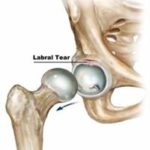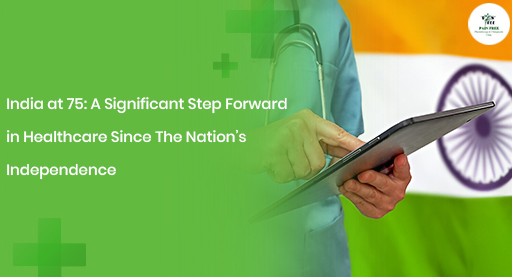India at 75: A Significant Step Forward in Healthcare Since The Nation’s Independence
India at 75 and India in 1947 reflect a powerful journey of transformation and resilience. On August 15, 2022, the nation celebrated its 75th Independence Day an occasion filled with pride and anticipation. Over the decades, India has evolved in countless ways, embracing progress in sectors like education, healthcare, technology, and space exploration. The years following independence marked a pivotal era for improving healthcare systems across the country. Among these achievements, a significant drop in mortality rates stands out as one of India’s greatest public health victories since breaking free from colonial rule.
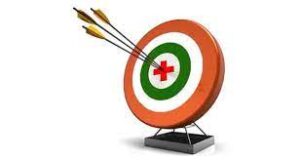 India has made significant progress, from beginning large-scale, ambitious national projects to lowering and controlling some of the fatal diseases. Let’s examine some of the significant accomplishments made by India’s healthcare system during the past 75 years:
India has made significant progress, from beginning large-scale, ambitious national projects to lowering and controlling some of the fatal diseases. Let’s examine some of the significant accomplishments made by India’s healthcare system during the past 75 years:
Improved Life Expectancy
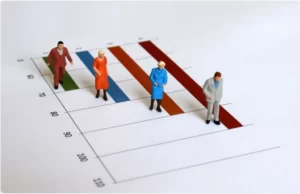 India’s life expectancy has increased significantly during the past 75 years. An average Indian citizen’s life expectancy was 32 years in 1947; by 2022, it would be 70.19 years. Over 100 percent more people are expected to live longer now than they were 75 years ago. According to the United Nations-World Population Perspective, the average life expectancy worldwide is 72.98 years. India’s health outcomes have greatly improved, according to the World Health Organization (WHO). According to experts, one of the most significant and frequently used measures of human advancement is life expectancy. According to numerous studies, India’s life expectancy has improved as a result of better access to medical care, medications, and developing technologies. India’s current life expectancy in 2022 is 70.19 years, a rise of 0.33 percent from 2021. According to experts, significant improvements in baby, child, and maternal mortality have contributed to the country’s increased life expectancy.
India’s life expectancy has increased significantly during the past 75 years. An average Indian citizen’s life expectancy was 32 years in 1947; by 2022, it would be 70.19 years. Over 100 percent more people are expected to live longer now than they were 75 years ago. According to the United Nations-World Population Perspective, the average life expectancy worldwide is 72.98 years. India’s health outcomes have greatly improved, according to the World Health Organization (WHO). According to experts, one of the most significant and frequently used measures of human advancement is life expectancy. According to numerous studies, India’s life expectancy has improved as a result of better access to medical care, medications, and developing technologies. India’s current life expectancy in 2022 is 70.19 years, a rise of 0.33 percent from 2021. According to experts, significant improvements in baby, child, and maternal mortality have contributed to the country’s increased life expectancy.
Reduced rates of maternal and child mortality
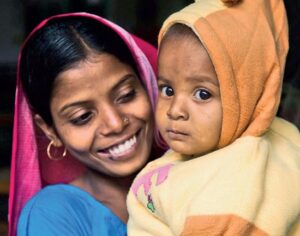 United Nations forecasts indicate that India’s infant mortality rate will be 27.695 deaths per 1000 live births in 2022, a 3.74 percent decrease from 2021. IMR has slightly decreased in almost all states, according to the results of the National Health Family Survey-5 (NHFS-5), with Assam experiencing one of the highest declines, from 48 deaths (per 1,000 live births) to 32 deaths. The Maternal Mortality Ratio (MMR) was 2000/100,000 live births in the 1940s, but it appears to have decreased to 1000 in the 1950s. India is a signatory to the Sustainable Development Goals (SDGs) of the United Nations (UN), which set a global maternal mortality ratio (MMR) objective of less than 70 deaths per 100000 live births by 2030. In March this year, a special bulletin by the Registrar General of India the MMR has declined by 10 points. It has declined from 113 in 2016-18 to 103 in 2017-19 which is an 8.8 percent decline.
United Nations forecasts indicate that India’s infant mortality rate will be 27.695 deaths per 1000 live births in 2022, a 3.74 percent decrease from 2021. IMR has slightly decreased in almost all states, according to the results of the National Health Family Survey-5 (NHFS-5), with Assam experiencing one of the highest declines, from 48 deaths (per 1,000 live births) to 32 deaths. The Maternal Mortality Ratio (MMR) was 2000/100,000 live births in the 1940s, but it appears to have decreased to 1000 in the 1950s. India is a signatory to the Sustainable Development Goals (SDGs) of the United Nations (UN), which set a global maternal mortality ratio (MMR) objective of less than 70 deaths per 100000 live births by 2030. In March this year, a special bulletin by the Registrar General of India the MMR has declined by 10 points. It has declined from 113 in 2016-18 to 103 in 2017-19 which is an 8.8 percent decline.
Control of Contagious Illnesses

India launched several government programs after independence to fight communicable diseases like AIDS, tuberculosis, and malaria. A 1947 study in the American Journal of Tropical Medicine and Hygiene reported 330 million people in India and 75 million malaria cases. By the late 1950s and early 1960s, India made huge strides. Malaria cases dropped sharply to just 100,000 by 1964 a major win during the eradication phase. But things took a turn. In 1976, cases spiked again, reaching about 6.4 million. Still, malaria numbers have dropped drastically in the past year.
The World Malaria Report 2021 by WHO named the top 11 malaria-burden countries. India was the only one to make clear progress. At the same time, the world recognized India’s fight against polio. Polio was widespread in India until the early 1990s. Every day, 500 to 1000 children were left paralyzed. But the game changed. India recorded its last case in January 2011. In 2014, it officially became polio-free.
The National Leprosy Eradication Program, one of the world’s largest leprosy eradication programs, is being carried out in India (NLEP). India has done a commendable job in eliminating smallpox. The nation declared itself smallpox free in 1979 after years of ranking among the nations with the greatest number of cases. In a same vein, India has significantly improved its ability to control diseases like tuberculosis, Cholera, Kala Azhar, and HIV.




